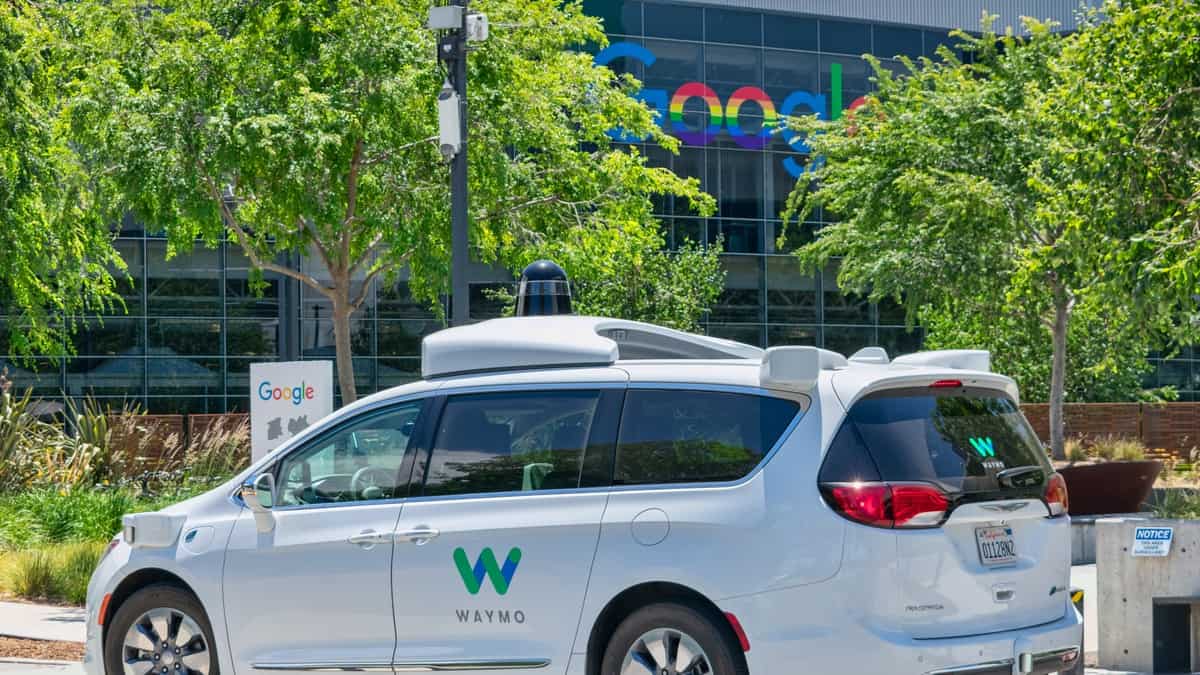American autonomous driving tech firm Waymo has finally secured the approval of California regulators to expand its services to Los Angeles and additional areas of the San Francisco Peninsula on Friday, according to the official advice letter.
For context, Waymo was only initially allowed to operate in the city of San Franciso.
Government approval
The Consumer Protection and Enforcement Division of the California Public Utilities Commission (CPUC) officially approved Waymo’s application for its planned expansion of self-driving taxi operations on highways in parts of Los Angeles and the Bay Area starting on March 1, 2024.
Therefore, Waymo robotaxis can now drive at up to 65 mph speed on local roads and highways in approved areas.
With this significant development, the Alphabet-owned autonomous driving company can now expand its services beyond its current coverage of San Francisco and Phoenix.
Waymo shared the milestone on social media platform X, saying that the CPUC’s approval is a “vote of confidence in our operations, which paves the way for the deployment of our commercial Waymo One service in LA and the SF Peninsula.”
Waymo advances amid Cruise’s turmoil
Waymo’s recent wins in the autonomous driving space continue to advance its position ahead of its struggling rival, General Motors’ Cruise.
California regulators formally canceled Cruise’s license to operate after a major accident in San Francisco last October 2023, severely injuring a woman pedestrian.
The victim was initially hit by a human-driven car, but she landed in the path of a driving Cruise robotaxi. It dragged her approximately 20 feet away from the accident scene.
Since then, a series of bad news has come from the self-driving car startup, including the departure of its chief executive and co-founder Kyle Vogt and a 24% workforce layoff.
Commitment to safety
Waymo claims that the crash rate of its vehicles is 85% lower than that of human-driven vehicles. However, numerous high-profile crashes have drawn more attention from city officials and federal regulators.
Nonetheless, the CPUC determined that the company has “attention to continuous evaluation and improvement of its technology, safety practices, and aspects of its operations involving humans … that minimize the risk of driverless passenger service operations.”
Unfortunately, some backlash remains about the imminent expansion of Waymo’s self-driving car services, particularly from the San Mateo County and Los Angeles officials.
Still, it is undoubtedly a huge opportunity for Waymo to demonstrate the quality and safety of its self-driving technology, considering that one of its closest rivals is currently down. Cruise’s mishaps can potentially advance Waymo’s position as the leader in the self-driving car industry.

